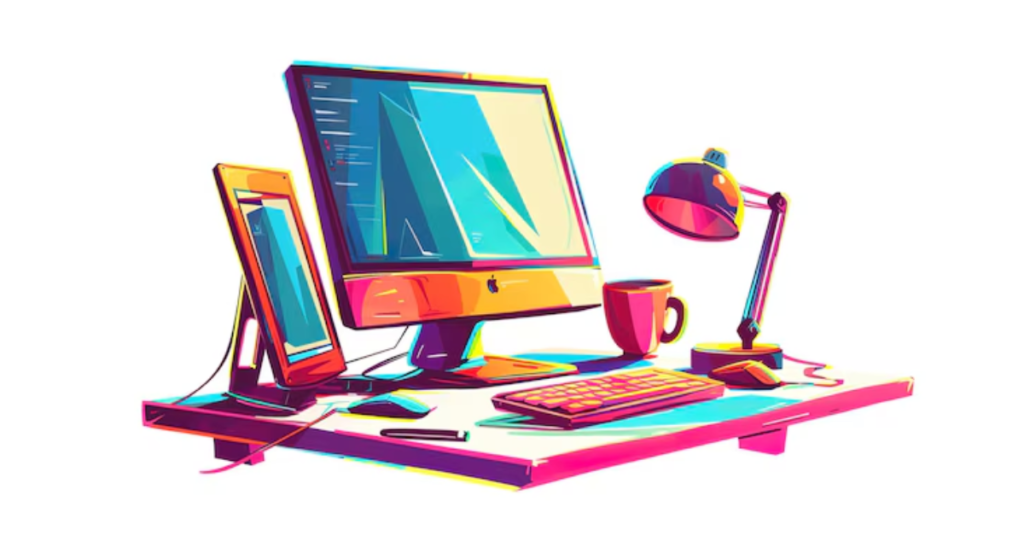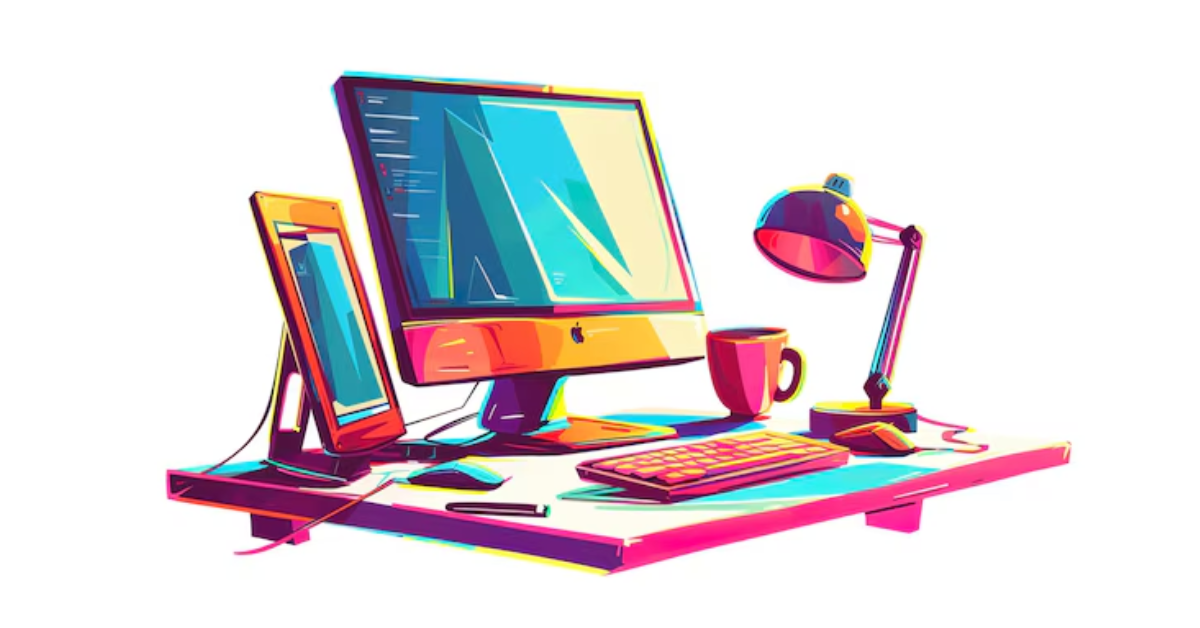In today’s fast-paced, visually driven world, design plays an essential role across industries. From sleek product designs to captivating digital interfaces, the impact of good design is undeniable. University design programs are critical in shaping creative minds, equipping students with both the artistic skills and technical know-how needed to excel in various fields. With a wide range of specializations, these programs help students transform their imaginative ideas into innovative, functional designs that can influence industries worldwide.

Why Students Choose Design Programs
University design programs appeal to students who crave a balance between creativity and real-world application. These programs allow them to express themselves artistically while developing practical skills for solving complex problems. From product innovation to fashion and digital design, students learn to merge form and function, developing solutions that not only look great but also serve a purpose. As the demand for visually compelling, user-centered designs grows, students see these programs as an ideal pathway to impactful and fulfilling careers.
Overview of Key University Design Programs
Universities offer diverse design programs that cater to specific interests, providing specialized education across various design disciplines. Below are some of the primary types of design programs available:
Graphic Design
Graphic design is centered on visual communication, teaching students to create compelling visuals that convey messages effectively. Graphic design programs cover a broad spectrum of skills, including typography, layout, color theory, and branding. Students also gain proficiency in digital tools like Adobe Photoshop, Illustrator, and InDesign. The versatility of graphic design opens doors to careers in advertising, marketing, publishing, and digital media, where the ability to craft strong, visually engaging content is highly valued.
Industrial Design
Industrial design focuses on creating products that are both practical and visually appealing. University programs in industrial design teach students how to design everything from consumer electronics to furniture and home appliances. Courses cover product development, ergonomics, user-centered design, and manufacturing techniques. Industrial designers frequently collaborate with engineers and manufacturers to bring their ideas to life, making it an exciting field that combines creativity with hands-on technical work.
Interior Design
Interior design programs train students to create functional, aesthetically pleasing indoor spaces. Whether working on homes, offices, or public spaces, interior designers learn to harmonize layout, lighting, color, and materials to create environments that enhance user experience. Sustainability is a growing focus within interior design, with students increasingly exploring eco-friendly materials and energy-efficient design. Interior designers are in high demand, especially in the residential and commercial real estate sectors, and many graduates also pursue careers as independent consultants.
Fashion Design
For students passionate about apparel and accessories, fashion design programs offer the opportunity to turn their creative visions into wearable art. Fashion design covers everything from conceptual design and trend forecasting to the technical skills needed to produce garments, such as pattern making and sewing. As sustainability becomes more important in the fashion industry, programs are also focusing on sustainable practices, including responsible sourcing and minimizing waste. Fashion design graduates can work with established fashion houses, create their own brands, or pursue opportunities in areas like costume design or textile innovation.
Interaction Design and UX Design
In an increasingly digital world, interaction design and UX (user experience) design are rapidly growing fields. These programs teach students how to design intuitive, user-friendly interfaces for websites, mobile apps, and software. The curriculum focuses on user behavior, usability, and human-computer interaction, ensuring that graduates can create seamless, efficient digital experiences. UX design is particularly in demand across sectors such as technology, healthcare, and finance, where the need for accessible, user-centered design is paramount.
The Essential Skills Gained from Design Programs
University design programs offer more than just creative training; they equip students with a broad skill set that is valuable across industries. Among the most important skills gained through these programs are:
- Creative Problem-Solving: Designers are trained to approach problems with creativity and innovation, developing original solutions that balance aesthetics and practicality.
- Technical Proficiency: Students master industry-standard software and tools, including design programs such as Adobe Creative Suite, CAD, and 3D modeling tools.
- Critical Thinking: Design students are encouraged to think critically and evaluate their work from multiple perspectives, ensuring that their designs are effective and purposeful.
- Collaboration: In many design projects, teamwork is essential. Students learn to communicate and collaborate with peers, clients, and professionals from other disciplines to create cohesive and impactful designs.
- Project Management: Design students often work on real-world projects, developing skills in time management, budgeting, and client interaction, which are crucial for professional success.
Leading Universities with Renowned Design Programs
For students pursuing a career in design, choosing the right university can set the foundation for a successful career. Some of the top institutions known for their exceptional design programs include:
- Rhode Island School of Design (RISD)
As one of the premier art and design schools in the world, RISD offers a range of programs that combine traditional fine arts with innovative design thinking, preparing students to push creative boundaries. - Parsons School of Design
Located in the heart of New York City, Parsons is known for its forward-thinking approach to design education, offering strong programs in fashion, interior, and graphic design. The school emphasizes interdisciplinary learning and real-world projects. - ArtCenter College of Design
Based in Pasadena, California, ArtCenter is particularly well-regarded for its industrial and transportation design programs. Its students benefit from close ties to industry leaders and a rigorous, hands-on curriculum. - Central Saint Martins
Part of the University of the Arts London, Central Saint Martins is renowned for its fashion and product design programs, producing graduates who go on to influence global design trends.
Career Opportunities for Design Graduates
Graduates from university design programs find themselves in high demand across a wide range of industries. Depending on their area of specialization, design graduates can pursue the following career paths:
- Graphic Designer
Working with marketing agencies, media companies, or as freelancers, graphic designers create visual content for a variety of platforms, including print, digital, and advertising. - Industrial Designer
Industrial designers create innovative products that are both functional and visually appealing. They often work in sectors such as consumer goods, electronics, and automotive design. - Interior Designer
Interior designers plan and design the layout and aesthetics of indoor spaces, with growing opportunities in sustainable design and green building practices. - UX Designer
UX designers focus on creating intuitive, user-friendly digital experiences, often working within tech companies, healthcare, or e-commerce platforms to improve the functionality and appeal of their digital products.
In addition to these roles, many design graduates venture into freelance work, consultancy, or entrepreneurship, launching their own brands or design firms. Others may explore emerging fields such as sustainable design, wearable technology, or experiential design, where the demand for creative problem-solving and innovative thinking continues to grow.
Conclusion
University design programs are essential in developing the creative minds that drive innovation across industries. Whether students are interested in graphic design, product development, or crafting digital experiences, these programs provide the tools, inspiration, and technical expertise needed to succeed. With the growing importance of sustainability, user experience, and technology-driven design, graduates from these programs are well-positioned to thrive in a world where design is more important than ever. For those with a passion for creativity and problem-solving, university design programs offer a solid foundation for a dynamic and impactful career.
